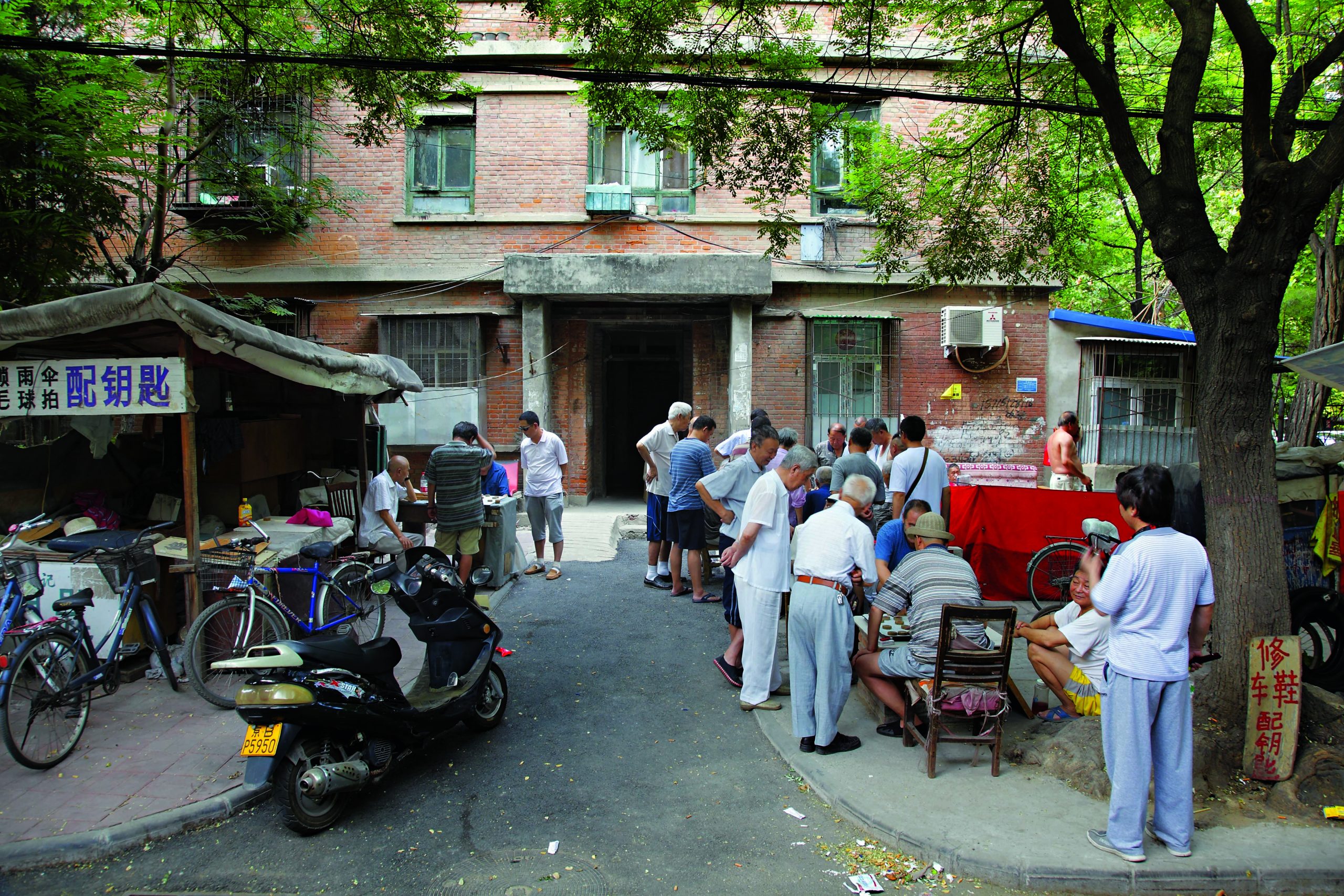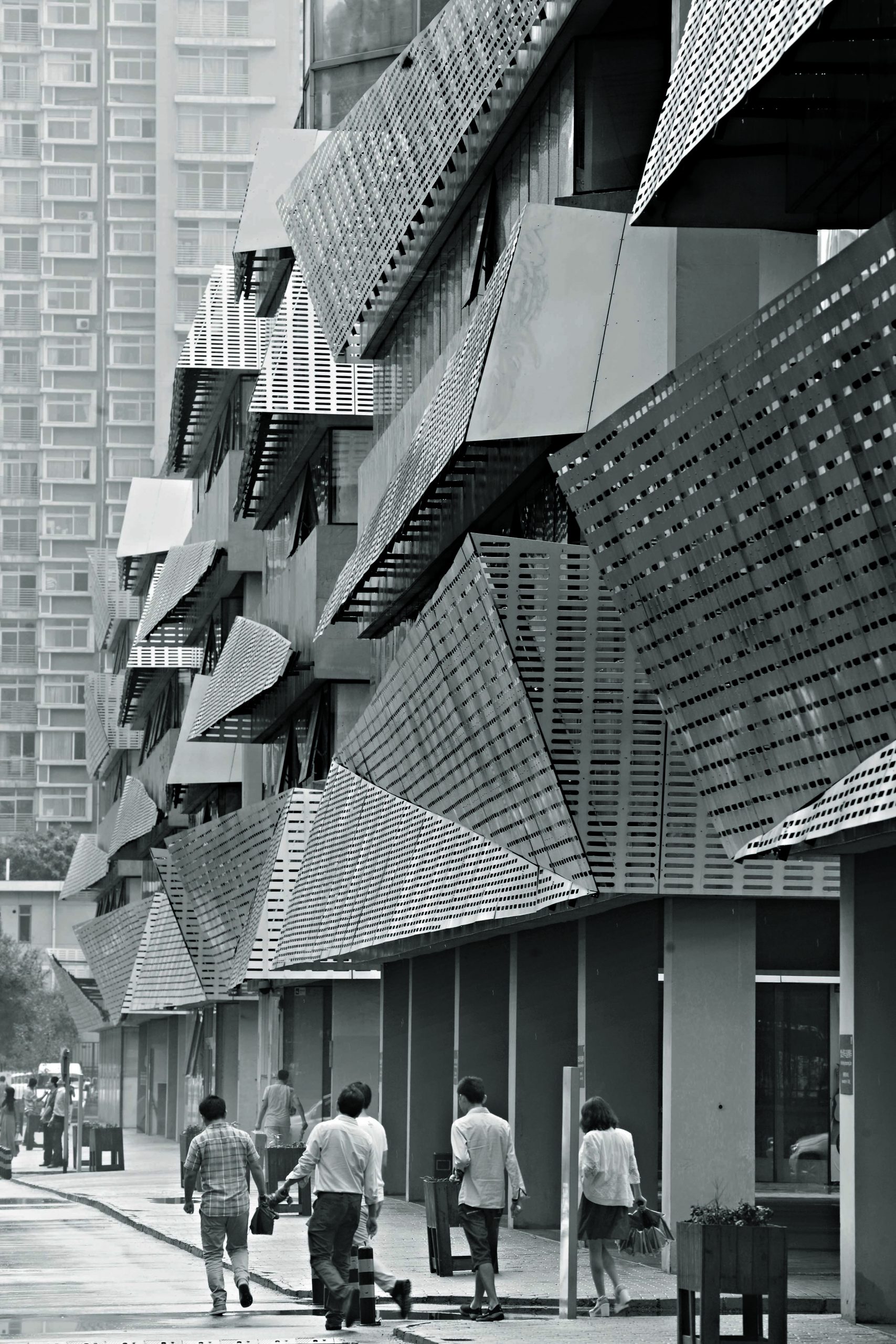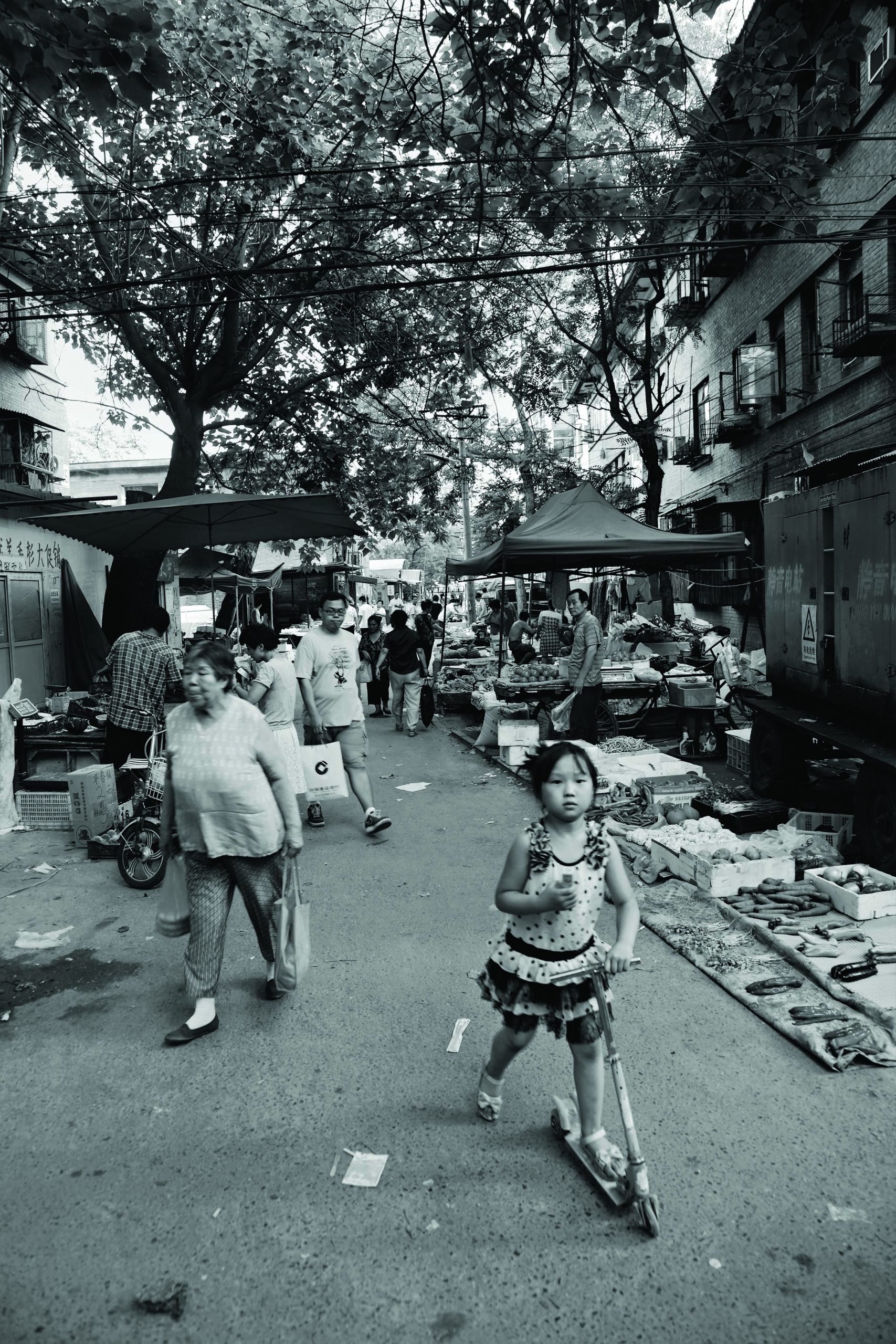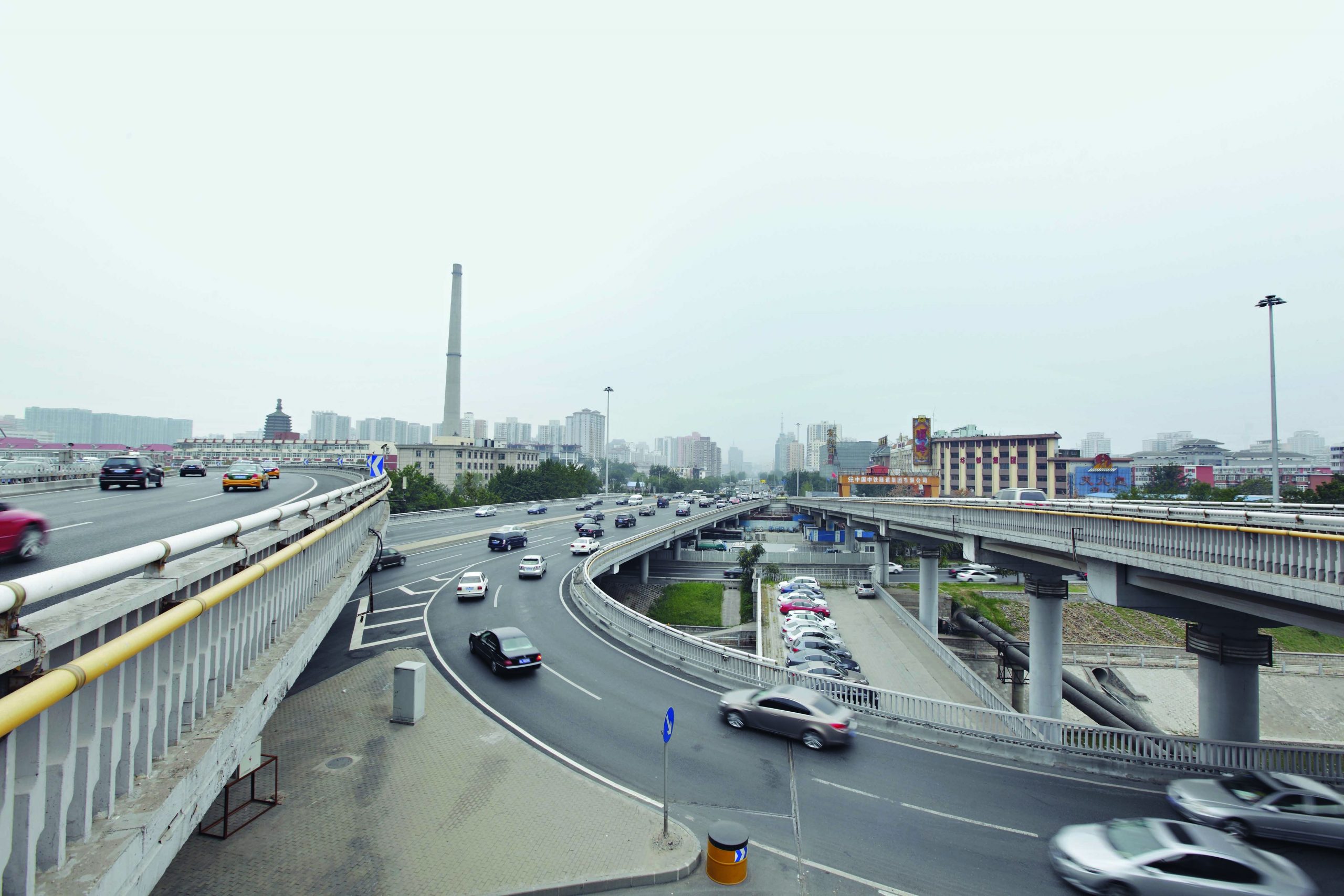RESEARCH
Memory | Regeneration: Sino-Italian Urban Research Platform
2013 – 2015
The research investigated the role played by former industrial danwei areas in the urban transformation of contemporary city. Observing industrial danwei means to come to terms with a laboratory of urban design that is open to experiences of hybridization between different forms of urban regeneration, and different approaches to conservation of physical and social memories. The research observed some danwei closely, and argued that their hidden urban qualities could represent an important resource for the future transformation of the city.

CREDITS:
Leading University: Politecnico di Torino (DAD + DIST + China Room research group)
Partner Institutions: Tsinghua University of Beijing
Research Grant: Internazionalizzazione della Ricerca 2013, Politecnico di Torino, and Compagnia di San Paolo
Principal Investigators: Michele Bonino and Zhang Li
Research Team: Martijn de Geus, Filippo De Pieri, Gu Feng, Sun Haodei, Daniela Hidalgoi , Lu Quanqing, Arturo Pavani, Maria Paola Repellino, Gustavo Ambrosini, Silvia Barbero, Mauro Berta, Pierre-Alain Croset, Giovanni Durbiano, Liu Jian, Pier Paolo Peruccio, Paolo Tamborrini, Fabrizio Valpreda, Zhu Wenyi
MAIN PUBLICATIONS:
Bonino, M., & De Pieri, F. (2015). Beijing Danwei: Industrial Heritage in the Contemporary City. Berlin: Jovis. ISBN 978-3868593822
Bonino, M., & De Pieri, F. (Eds.) (2015). Domesticating East Asian Cities [special issue]. Territorio 74, pp. 18-76. DOI: 10.3280/TR2015-074002.
Bonino, M., Croset, P.A., & Repellino, M.P. (2015). Learning from places, as one of the tasks of Urban Design. Urban Design, 2, 44-53.
Croset, P.A., Bonino, M., & De Pieri, F. (2014). Beijing Danwei: for a dialogic urbanism. Urban Design, 1, 35-46.
Repellino, M.P. (2016). Luoghi Creativi e Patrimonio Industriale nella Cina Contemporanea [Doctoral Dissertation]. Politecnico di Torino.
EDUCATION:
PhD Course: Mapping controversial memories in the historic urban landscape: a multidisciplinary study of Beijing, Mexico City and Rome
Coordinated by: Florance Graezer-Bideau
Research Grant: Swiss Network for International Studies
A.Y.: 2015-2016
Joint MS Thesis Project: Joint Studio – Politecnico di Torino and Tsinghua University
MSs: MS Architecture Construction City at Politecnico di Torino, and MS in Architecture at Tsinghua University
Coordinated by: Michele Bonino and Pierre Alain Croset
A.Y.: 2014-2015
EXHIBITION:
Pavilion: Unboxing Danwei
Exhibition: Beijing Design Week 2014
Period: September 26th, 2014 – October 3rd, 2014
Location: Dashilar , Beijing


The research platform Memory | Regeneration was the result of a partnership between Politecnico di Torino and Tsinghua University (Beijing). The two universities have been collaborating for many years on joint education initiatives in the field of architecture – such as a joint design studio held for the first time in 2008, or the double degree program in architecture. Yet, it was first in 2013 that a grant from the Turin-based bank Foundation Compagnia di San Paolo supported the investigation of common questions and interests in the form of a research project. Industrial heritage sites in both China and Italy had been the focus of numerous China Room’s previous initiatives. Hence, the Memory | Regeneration project was the opportunity to extend this attention to the new collective undertaking. It was funded by Compagnia di San Paolo within the framework of the Politecnico di Torino programme for the internationalisation of the research, under the joint coordination of Michele Bonino and Zhang Li.
The multidisciplinary research investigated the role played by former industrial areas in the urban transformation of contemporary urban China. Danwei (work units) were the central organising element of cities during the socialist period. These areas acted simultaneously as units of production and of social control, distribution of urban welfare and attribution of specific rights of citizenship. They tended to be constructed as enclosed compounds and to deploy architectural typologies influenced by the mass-produced construction systems imported from the Soviet Union. Today, a large number of industrial danwei areas have disappeared but many of them can still be found strikingly intact or radically altered. Observing industrial danwei means to come to terms with a laboratory of urban design that is open to experiences of hybridisation between different forms of urban regeneration, and different approaches to conservation of physical and social memories. The research observed some danwei closely and argued that their hidden urban qualities could represent an important resource for the future transformation of the city.
In September 2014, some provisional results of the research were presented in the exhibition Unboxing Danwei, organised within the Beijing Design Week and promoted by the Italian Cultural Institute at the Embassy of Italy in Beijing.
The main outcome of the research program was the volume Beijing Danwei. Industrial Heritage in the Contemporary City, published by Jovis Publisher, 2015. The book looks at the history and future of former danwei and presents exemplary strategies for dealing with industrial heritage. In addition, a direct effect of this work was the participation into an international research project entitled Mapping controversial memories in the historic urban landscape: a multidisciplinary study of Beijing, Mexico City and Rome (January 2015 – December 2016), funded by the Swiss Network for International Studies and coordinated by Florence Graezer-Bideau (EPFL).
Further outcomes of the collaboration were: a number of papers in Chinese, Italian, and international journals, the column Memory | Regeneration in the Chinese journal World Architecture, new editions of the joint studio, two PhD excellence courses held in Torino, and public seminars, conferences and debates organised in the two cities.





